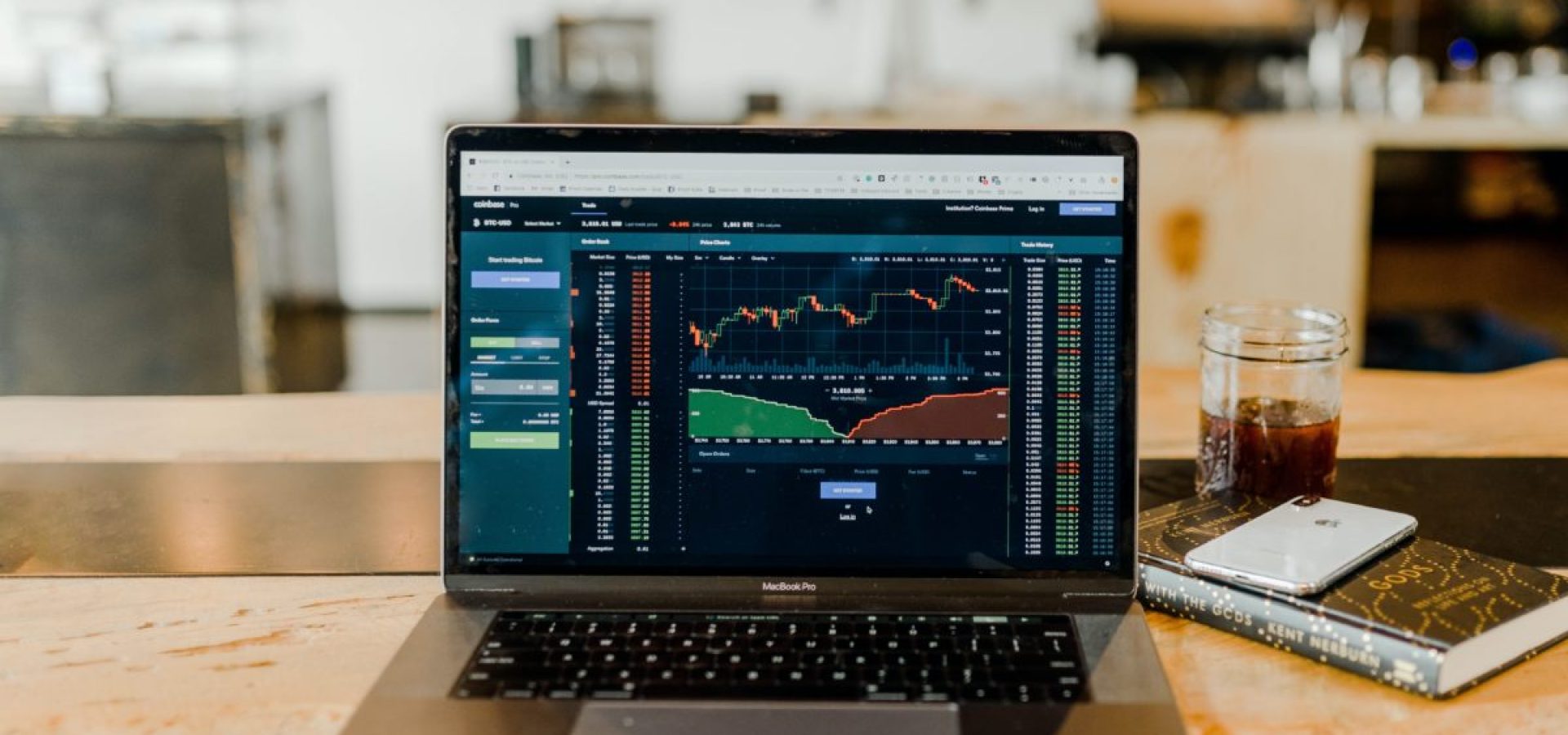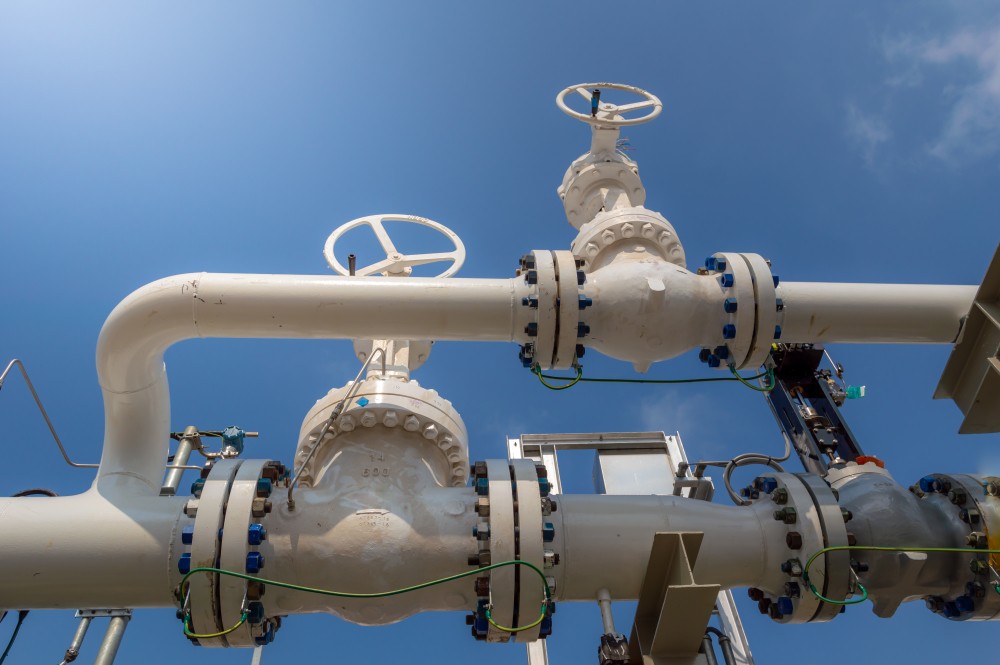How do Crypto Network Fees work?
Transaction costs. Commonly referred to as crypto network fees, are an essential part of the infrastructure that makes it possible for bitcoin transactions to occur.
Without these charges, the network would quickly grow crowded and users wouldn’t be able to send money around or carry out transactions. We will examine what crypto network fees are, how they operate, and why they are essential for the efficient operation of the cryptocurrency ecosystem in this post.
Users on a blockchain network pay network costs when they start a transaction. The miners that verify the transaction and add it to the blockchain receive payment for these fees. The fee is equivalent to the size of the transaction and the current demand for block space on the network, and it is often a modest amount of the relevant cryptocurrency.
The transaction charge that the user is willing to pay must be specified when they start a transaction. Along with the sender’s address, the recipient’s address, and the quantity of transferred cryptocurrency , this fee is within the transaction.
The role of miners is to confirm transactions and add them to the blockchain. They accomplish this by figuring out a difficult computational puzzle called a proof-of-work. A block reward, which consists of a predetermined quantity of the concerned cryptocurrency plus any transaction fees that were incorporated in the transactions contained in the block, is given to the miner who successfully solves the challenge.
Fees: essential component of the crypto ecosystem?
An essential component of the cryptocurrency ecosystem is the transaction fee. It gives miners a reason to approve transactions and record them on the blockchain. Without this incentive, miners wouldn’t have a motivation to invest their resources in the network. Which would cause it to fill up and become unusable very rapidly.
Transaction fees help to prevent spam on the network in addition to giving miners a financial incentive. It is not feasible for a malicious actor to overwhelm the network . This with numerous low-value transactions since users must pay a charge to conduct a transaction. By doing this, the network is protected from attacks that may otherwise cause it to become unusable by legitimate users.
The amount of a transaction charge might vary depending on a number of factors. The current need for block space on the network is the most important aspect. There is a greater demand for block space and higher transaction fees when the network is overloaded. On the other hand, transaction fees will typically be reduced when the network is less crowded.
The transaction charge may also vary depending on the magnitude of the transaction. Larger transactions typically demand more block space and hence have greater fees. This is due to the fact that miners are more inclined to include larger transactions in their blocks as doing so would likely result in a higher payout.









COMMENTS